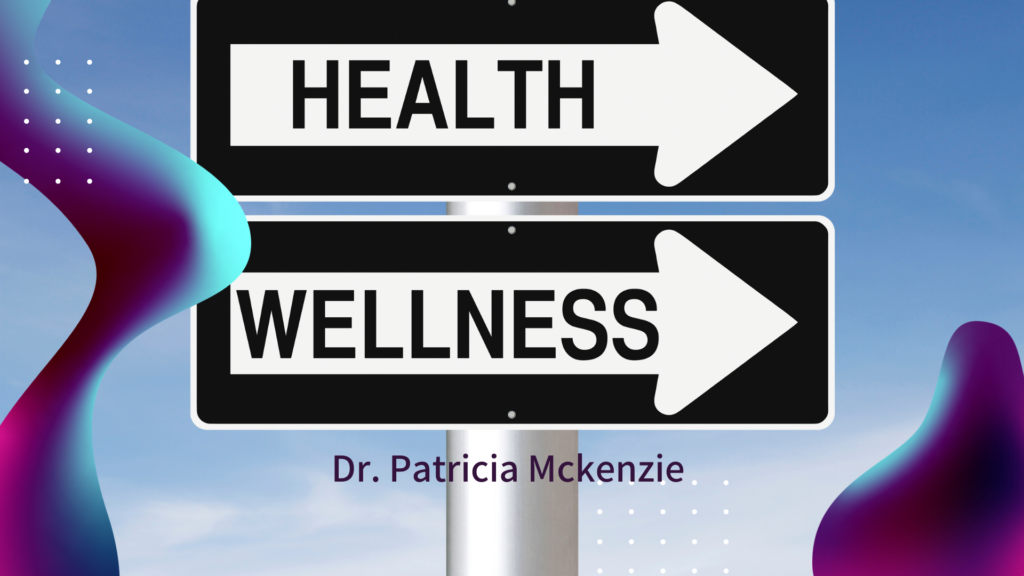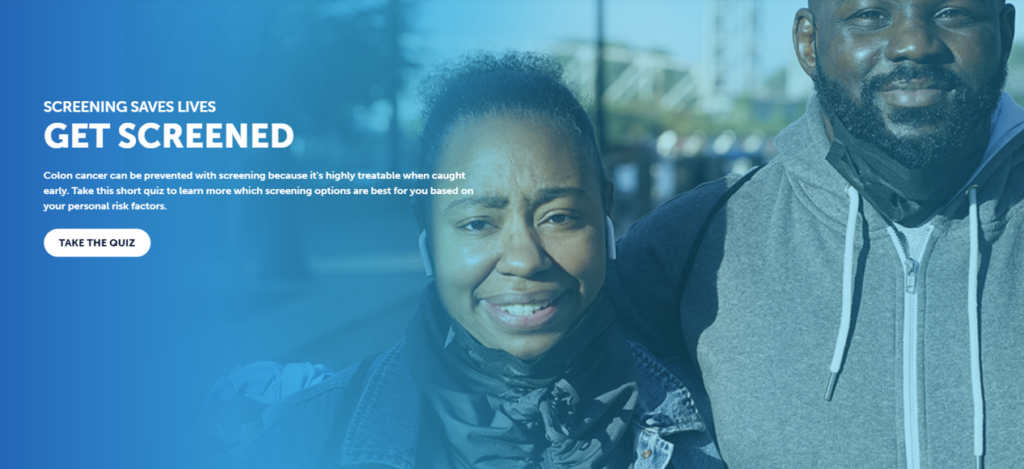HEALTH AND WELLNESS UPDATES
By Dr. Patricia Mckenzie
PART I. NATIONAL HEALTH OBSERVANCES FOR MAY
A) ALS (AMYOTOPIC LATERAL SCLEROSIS) AWARENESS MONTH.
Source: ALS Association. https://alsa.org/
FACTS: “ALS is a progressive neurodegenerative disease that affects nerve cells in the brain and spinal cord. Every 90 minutes someone is diagnosed with this disease and someone passes away from it. Most people who develop ALS are between ages of 40 and 70, an average age of 55 at the time of diagnosis. Some cases have occurred in the 20s and 30s. ALS is 20% more common in men. About 90% occur without any known family history or genetic cause. For unknown reasons, military veterans are more diagnosed. It is identified with the baseball great Lou Gehrig. Two major categories: Sporadic ALS-no known family history, most common (90-95%) in the U.S. Familial ALS accounts for 5-10% of all cases in the U.S. There is a 50% chance that an offspring will inherit gene mutation and develop the disease. When diagnosed, person experience varied emotion as shock, scared, sad, angry and many others. After the emotional reactions, persons should learn about it and begin living with it. Also, get a second opinion because 15% of ALS cases are misdiagnosed. Symptoms can begin in the muscles that control speech and swallowing or in the hands, arms, legs or feet. Expect progressive muscle weakness which is generally painless. Other early symptoms may include tripping, dropping things, abnormal fatigue of arms and/or legs and even uncontrollable periods of laughing or crying. When breathing is affected, permanent ventilatory support is required. The senses of sight, tough, taste and smell are not affected. There is no one test or procedure to establish diagnosis, expect a comprehensive workup. About 50% will eventually experience changes in cognitive ability or behavior. Some changes occur because of older age and past neurological injury. Consider setting up advance directives and other end-of-life documents. Caregivers should look for support groups and use counseling services and always care for themselves.”
B. ARTHRITIS AWARENESS MONTH
Source: Arthritis Foundation, https://www.arthritis.org/
FACTS: “Four important warning signs will prompt you to see your Dr.:
1. Pain can be constant or come and go in one part or in many parts of the body; 2. Swelling in joint , red and feel warm to touch that lasts three days or longer and more than three times a month;
3. Stiffness in the morning that lasts longer than one hour;
4.Difficulty moving a joint. Keep a record of these signs for a few weeks to share with your Dr. Healthy Living: There is no miracle diet, but changes help and include a diet rich in whole foods as fruits, vegetables, fish, nuts and beans, decrease processed foods and saturated fat. Food from Mediterranean Diet include:
1. Fish-3-4 ounces, twice a week, eat salmon, tuna, sardines
2. Nuts & Seeds-1.5 ounces daily, eat walnuts, pine nuts and almonds;
3. Fruits and Vegetables-9 or more servings daily, eat blueberries, cherries, spinach, kale, and broccoli;
4. Olive Oil-2-3 Tablespoons daily, use extra virgin, avocadoes;
5. Beans-1 cup twice a week, eat red kidney and pintos;
6. Whole Gains-6 ounces per day, three from whole, eat whole wheat flour, oatmeal, brown rice and quinoa.
Caution with Nightshade Vegetables as eggplant, tomatoes and red bell peppers, not all patients are helped.
Juvenile Arthritis-affects nearly 300,000 kids and teens under age 16 each year in U.S. Symptoms include joint swelling, pain and tenderness. Some types have few or no joint symptoms and only affect the skin and internal organs. For example-if digestive tract expect diarrhea and bloating ; if lungs expect shortness of breath. There may be skin changes as scaly red rash or light spotted pink rash. If eyes may be dry, pain or redness, sensitivity to light or trouble seeing properly. See the pediatrician who may refer to a rheumatologist. Expect a well-rounded plan of care to include medications, physical activity, and healthy eating suggestions. Remember that kids and teens with chronic disease may become depressed and need strong support of family and friends with medical treatments.”
C. HIGH BLOOD PRESSURE EDUCATION MONTH.
Source: National Heart, Lung and Blood Institute, https://www.nhlbi.nih.gov/ FACTS: “ High blood pressure (Hypertension) is a common disease that develops when blood flows through your arteries at higher than normal pressures. For most adults normal is less than 120/80. It is considered high when have 130 or higher (top number, systolic pressure, when ventricles pump blood out of the heart) and 80 or higher (bottom number, diastolic pressure, is between heart beats when heart is filling with blood) About 1 in 3 U.S adults have high blood pressure and aren’t aware of it. To control or lower high blood pressure adopt a heart-healthy lifestyle. First, know the risk factors for heart disease: high blood pressure, high cholesterol, overweight or obesity, have prediabetes or diabetes, smoke, no regular physical activity, family history of early heart disease (Father before 55 or Mother or sister before 65), unhealthy eating behaviors. For women ages 55 or older and for men 45 or older. Women generally get heart disease 10 years later than men, but it is still women # one killer. Yes, after menopause, women are more likely to get heart disease.
Know your numbers, because blood pressure usually does not cause symptoms until it has caused serious problems. Those problems include stroke, chronic kidney disease, eye disease, heart attack, heart failure, and even vascular dementia.
Manage your condition-get regular medical checkups, monitor your blood pressure, get support from family and friends.
Know when to get help-9-1-1: Reading above 180/120, sudden severe headaches, difficulty breathing, sudden pain in abdomen, chest or back!
Remember High Blood Pressure (Hypertension) is still known as the “Silent Killer,”
Don’t become a victim.”
PART II. HEALTH AIDS FROM THE BALM IN GILEAD.
GO EDUCATION AND INSPIRATION AND FIND TOPICS-SUNDAY MORNING HEALTH CORNER AND RESOURCES.
Sunday Morning Health Bulletins-
- Sunday Morning Health Bulletins-“Mental Heal-Overcoming Common Barriers to Mental Health Care,” “Coronary Artery Disease Awareness,” “Heart Health Awareness,” and “Better Healthier Sleep is for You.”
- Resources-“Heart Health,” “Lupus,” and “Mental Health.”
Lorem ipsum dolor sit amet, consectetur adipiscing elit. Ut elit tellus, luctus nec ullamcorper mattis, pulvinar dapibus leo.
PART III. CENTER FOR DISEASE CONTROL AND PREVENTION (CDC).
FACTS: “The COVID-19 Outbreak is a rapidly evolving situation and information will be updated as it becomes available.”
A. “COVID-19 Preventive Medication. Evusheld is an investigational medicine that can help protect you from COVID-19. You may be eligible for it, if you:
1. Are moderately or severely immunocompromised or severely immunocompromised and may not mount an adequate immune response to the vaccination or have a history of severe allergic reaction to vaccine;
2. Do not currently have COVID-19 and have not recently had a close contact with someone with COVID-19;
3. Are an adult or adolescent ages 12 years and older, weighing at least 66 pounds;
4. It must be given by your healthcare provider before exposure to COVID-19.
Talk to your Dr. Even if you receive Evusheld, continue prevention steps as wearing a well-fitting mask and avoiding crowded places to provide additional protection.
B. Being vaccinated makes you much less likely to get sick. Still some vaccinated people, especially those ages 65 years or older or who have other risk factors for severe disease may benefit from treatment. See your Dr. to decide which treatment if any or medication is right for you.
C. Viruses constantly change through mutation and sometimes these mutations result in a new variant. These variants may be classified as follows: 1. Variants being monitored 2. Variants of interest 3. Variants of concern 4. Variants of high consequences. Even is a variant causes less severe disease, an increase in number of cases could increase hospitalizations, put strain on healthcare resources and potentially lead to more deaths. Talk to your Dr.
D. Staying up to date with vaccines is the safest way to protect yourself from getting very sick with COVID-19 even if you’ve already had COVID-19. Talk to your Dr.
E. The new tool to check is Community Levels to determine disease impact and see recommended preventive measures, For example, if the Community is Medium or High Level-measures include wearing mask, being current with vaccines, getting tested and other precautions. (CDC-“US COVID-19 Community Levels by County”)”
Dr. Patricia Mckenzie
Coordinator for Health Ministries.
Email: patriciamckenzieedd@hotmail.com
Phone: 936-634-2367

